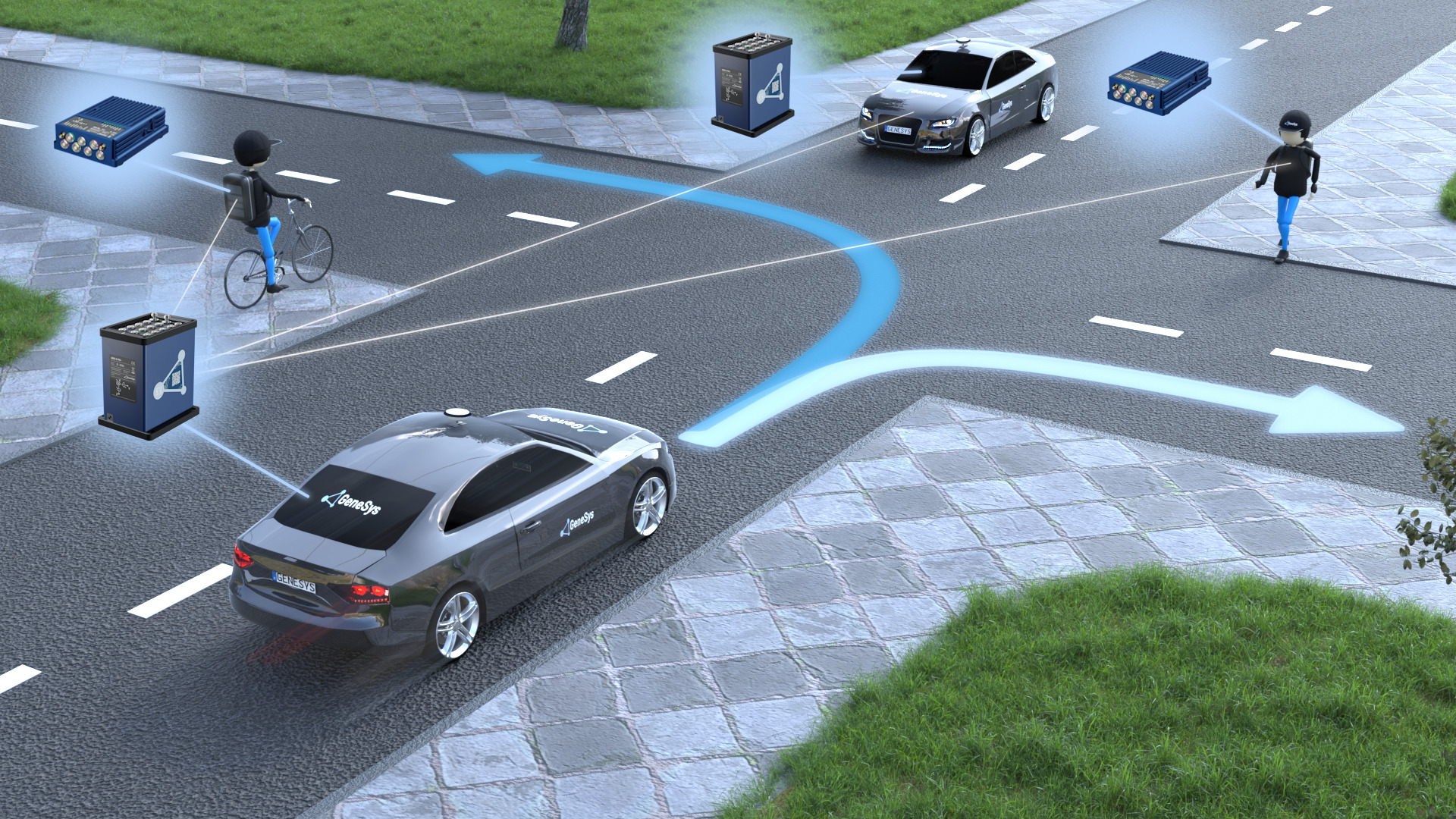UL 2075 Gas Detection Sensor Safety Testing for Autonomous Driving
The advent of autonomous vehicles and advanced driver assistance systems (ADAS) brings with it an increasing complexity in ensuring vehicle safety, particularly when it comes to the integrity and reliability of sensor components. One such critical component is the gas detection sensor, which plays a pivotal role in detecting hazardous gases that could affect both the functionality and safety of the vehicle.
UL 2075 provides comprehensive guidelines for testing these sensors to ensure they meet stringent requirements regarding safety and performance under various environmental conditions. This UL standard ensures that gas detection sensors used in autonomous vehicles are robust enough to withstand real-world challenges, from extreme temperatures to fluctuating humidity levels.
The test procedures outlined in UL 2075 involve a series of rigorous assessments aimed at evaluating the sensor’s ability to accurately detect gases under specified conditions. These tests include exposure to different types of gases and verification of the sensor's response time and accuracy. The standard also mandates that sensors pass reliability testing, ensuring they remain functional even after prolonged use or exposure to harsh environments.
For autonomous vehicles operating in urban and rural settings, the ability to detect noxious gases such as carbon monoxide, methane, and hydrogen sulfide is crucial for occupant safety. By adhering to UL 2075 standards, manufacturers can ensure that their vehicles are equipped with sensors capable of providing accurate readings, even under adverse conditions.
The testing process includes not only the initial verification but also continuous monitoring of sensor performance over time. This ensures that any degradation in performance is identified and addressed promptly. The standard also emphasizes the importance of calibration, which must be performed regularly to maintain accuracy.
For R&D engineers and quality managers, compliance with UL 2075 provides peace of mind regarding the reliability of their sensors. It reassures procurement teams that they are sourcing components from suppliers who meet industry best practices. The standard also supports regulatory requirements, ensuring that autonomous vehicle manufacturers comply with global safety standards.
UL 2075’s emphasis on testing under real-world conditions makes it an indispensable tool for ensuring the robustness of gas detection sensors in autonomous vehicles. By adhering to these stringent guidelines, manufacturers can enhance the safety and reliability of their products, thereby contributing to a safer driving experience.
Benefits
- Enhanced Safety: Ensures that gas detection sensors used in autonomous vehicles are reliable and accurate under various environmental conditions.
- Prompt Identification of Degradation: Regular testing helps identify any performance issues early, allowing for timely intervention.
- Regulatory Compliance: Adherence to UL 2075 ensures compliance with global safety standards, simplifying the regulatory process.
- Risk Mitigation: By identifying potential failures before they occur, manufacturers can mitigate risks associated with sensor malfunctions in autonomous vehicles.
Environmental and Sustainability Contributions
The testing of gas detection sensors according to UL 2075 not only enhances vehicle safety but also contributes positively to the environment. By ensuring that these sensors are reliable, vehicles can accurately detect hazardous gases in real-time, leading to prompt action by drivers or autonomous systems.
This early detection is crucial for reducing exposure to harmful gases, which in turn supports sustainability goals. Autonomous vehicles equipped with compliant gas detection sensors can help reduce emissions from idling vehicles and improve overall air quality. Moreover, the use of such technology can lead to more efficient transportation systems, contributing to reduced carbon footprints.
By prioritizing environmental considerations during testing and certification processes, UL 2075 supports a holistic approach to sustainable development in the automotive industry. This ensures that technological advancements are not only safe but also beneficial for both human health and the environment.
Use Cases and Application Examples
The application of UL 2075 gas detection sensor safety testing in autonomous vehicles is wide-ranging, with various use cases that highlight its importance. In urban settings, where multiple vehicles are operating closely together, the ability to detect carbon monoxide and other harmful gases can save lives by alerting drivers or systems to potential dangers.
In rural areas, methane detection becomes crucial for monitoring gas leaks from pipelines or agricultural operations. This early warning system can prevent explosions and minimize environmental damage. Additionally, in harsh weather conditions such as snowstorms or heavy fog, hydrogen sulfide sensors play a vital role by detecting toxic levels that could compromise vehicle operation.
The use of UL 2075-compliant gas detection sensors also extends to hybrid and electric vehicles. These sensors help ensure that the air quality inside the vehicle remains safe for passengers, even when the engine is not running. This feature enhances comfort and safety in all types of driving environments.
Real-world application examples include Tesla’s Model S, which features a sophisticated suite of ADAS systems, including gas detection sensors compliant with UL 2075 standards. Similarly, Ford’s autonomous vehicles incorporate advanced sensor technology that adheres to these stringent testing protocols, ensuring reliability and safety in various driving scenarios.
These examples illustrate how UL 2075’s rigorous testing procedures contribute to the development of safer and more reliable autonomous vehicles. By leveraging this standard, manufacturers can ensure that their products meet the highest safety standards, paving the way for a future where autonomous technology is not just innovative but also universally trusted.





